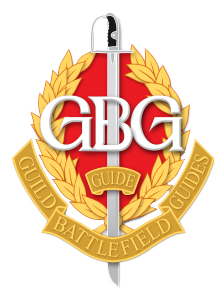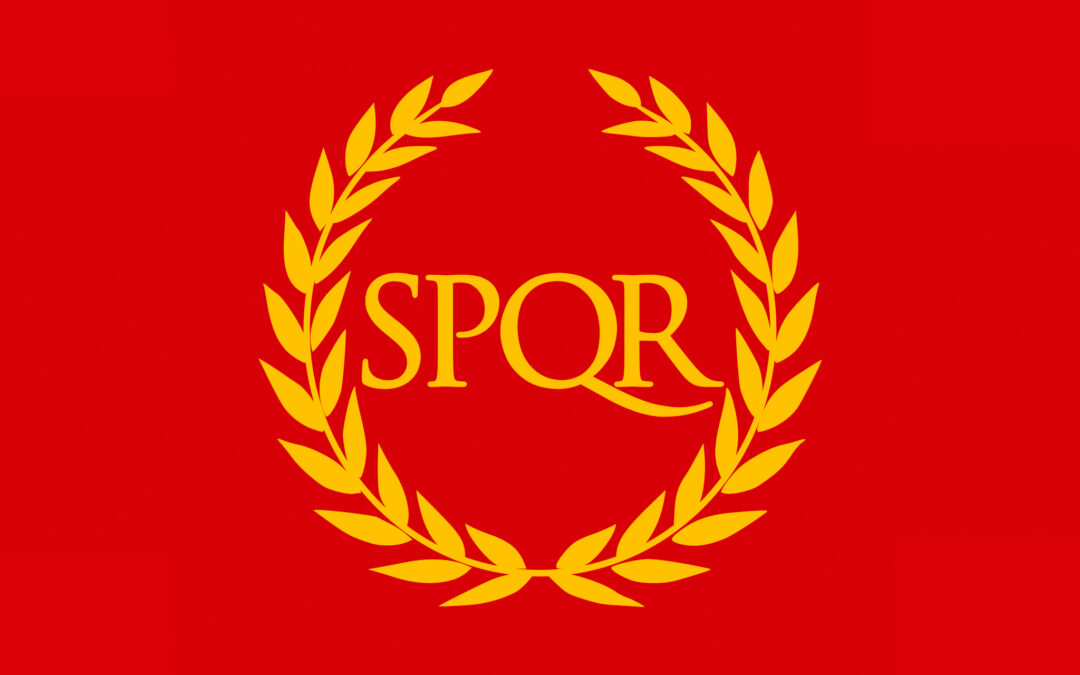By the time that you read this article the chances are that you will have made your resolutions and in most cases have already broken them but I did think that you might be interested in how the making of New Years Resolutions came about.
The first recorded making of New Years Resolutions or pledges was some 4000 years ago amongst the Babylonian peoples in what is part of modern day Iraq. They also held 12 days of celebrations in their festival called Akitu the forunner perhaps of our 12 days of Christmas. It is true that Christians adopted what were regarded as pagan festivals and incorporated them into their own celebrations. The New Year for the Babylonians was in mid March and celebrated the arrival of spring and the planting of crops. People pledged loyalty to the King and made other pledges relating to religion and mythology and it was thought that if you kept your pledges then the Gods (and there were many of them) would look on you favourably in the coming year and bring you good fortune.
The Romans also celebrated the start of the New Year. For them it was the 15th ( the famous/infamous Ides) of March and sacrifices were made to the Godess of the New Year Anna Perenna. When Julius Caesar came to power he introduced a new calendar (unsurprisingly called the Julian calendar) and he decreed that the New Year would start on the 1st day of the new month of January to honour the God Janus. Janus is depicted as having two faces, not because he was duplicitous, but one face looked forward to the new year and the other looked back reflecting on the events of the previous year. In the Roman world sacrifices were made to the goddess and bonds declared between the state and the people (Senatus Populusque Romanus) …SPQR the Senate and People of Rome.
So when was January 1st in the time of Julius Caesar in relation to now? Good question! In 1582 Pope Gregory VIII introduced the modern 12 month Gregorian calendar ( named after him of course). This shortened the Julian calendar year by a fraction of a day essentially to establish leap years. January 1st was confirmed as the start of the New Year. This is the calendar that we use today but it only applies to the western Christian tradition and even then not universally. The Russian and Greek Orthodox churches celebrate new year in January other religions or traditions have different new Years . The most familiar to us I suspect is the Chinese new year.
So back to the making of resolutions. John Wesley the founder of the Methodist Church established the ‘Covenant Renewal Service’ held on new years eve or new years day and is the believers renewal of his/her covenant with god. This type of service is still popular in the protestant evangelical church movement particularly in America. However apart from resolutions in religious groups which by definition are religious in nature by the 19th century the making of resolutions was becoming much more secular and wordly and often satirised. In Walkers Hibernian magazine published in Dublin in 1802 it claimed that a new years resolution for politicians should be to resolve ‘ to have no other object in view than the good of their country.’ If only.
The making of new years resolutions does still tend to capture the imagination. In surveys about 45% of people confess to making resolutions but only about 8% of that number say that they have kept them with the rest not keeping them , or failing to remember even what they were! In a gallup poll in 1947 the top resolutions were 1. Improving temper 2, living better 3. stop smoking 4, save money 5, drink less. By the 2000s these became 1. Lose weight 2, get organised 3. Save more spend less 4, enjoy life 5. Stay fit and healthy.
Throughout the years the making of resolutions at new year has been about a sense of renewal, a new or fresh start. Whilst the religious (Christian or pagan ) elements don’t generally figure in the most commonly made resolutions these days most do involve an element of trying to be ‘better’ however you may wish to define that.


